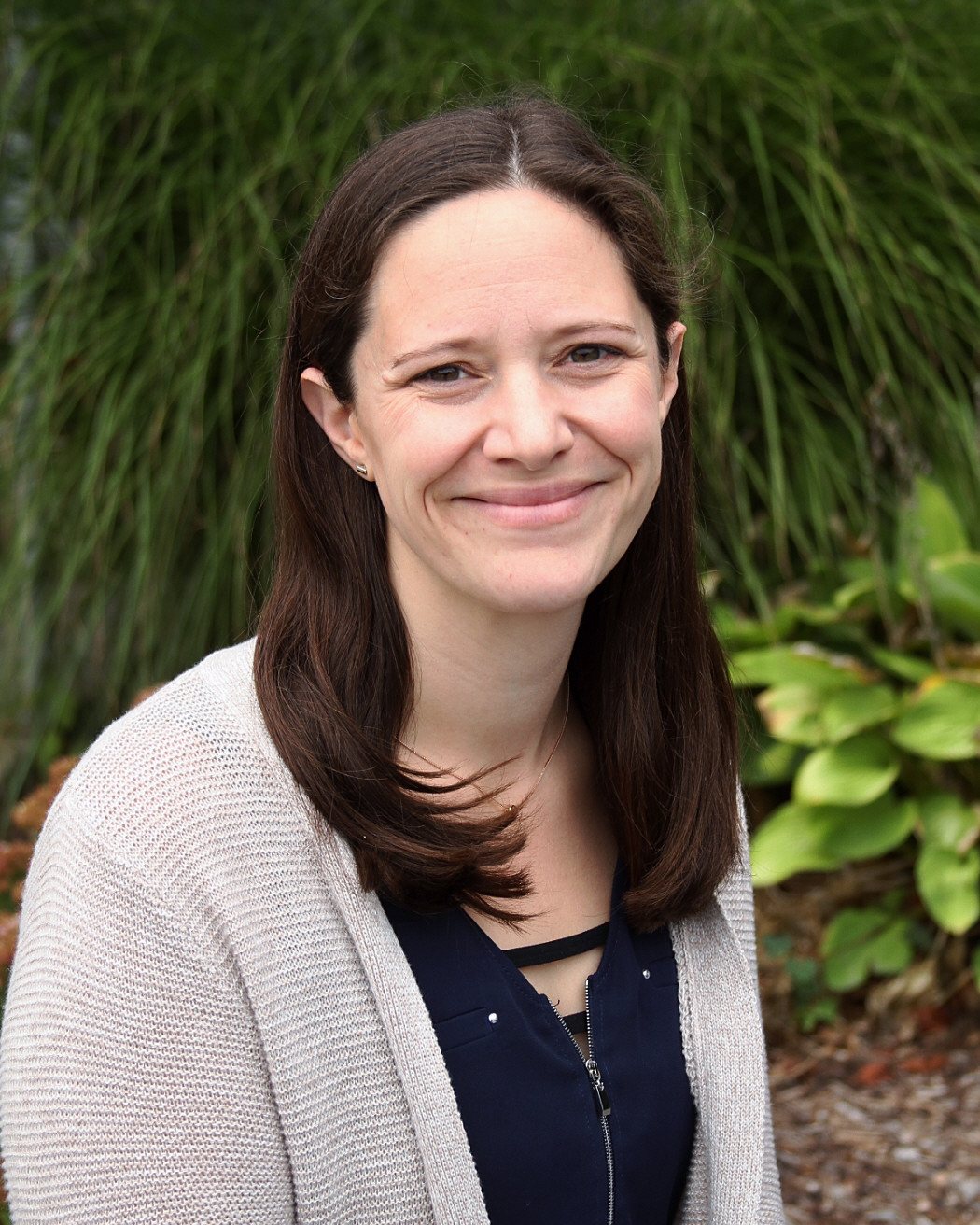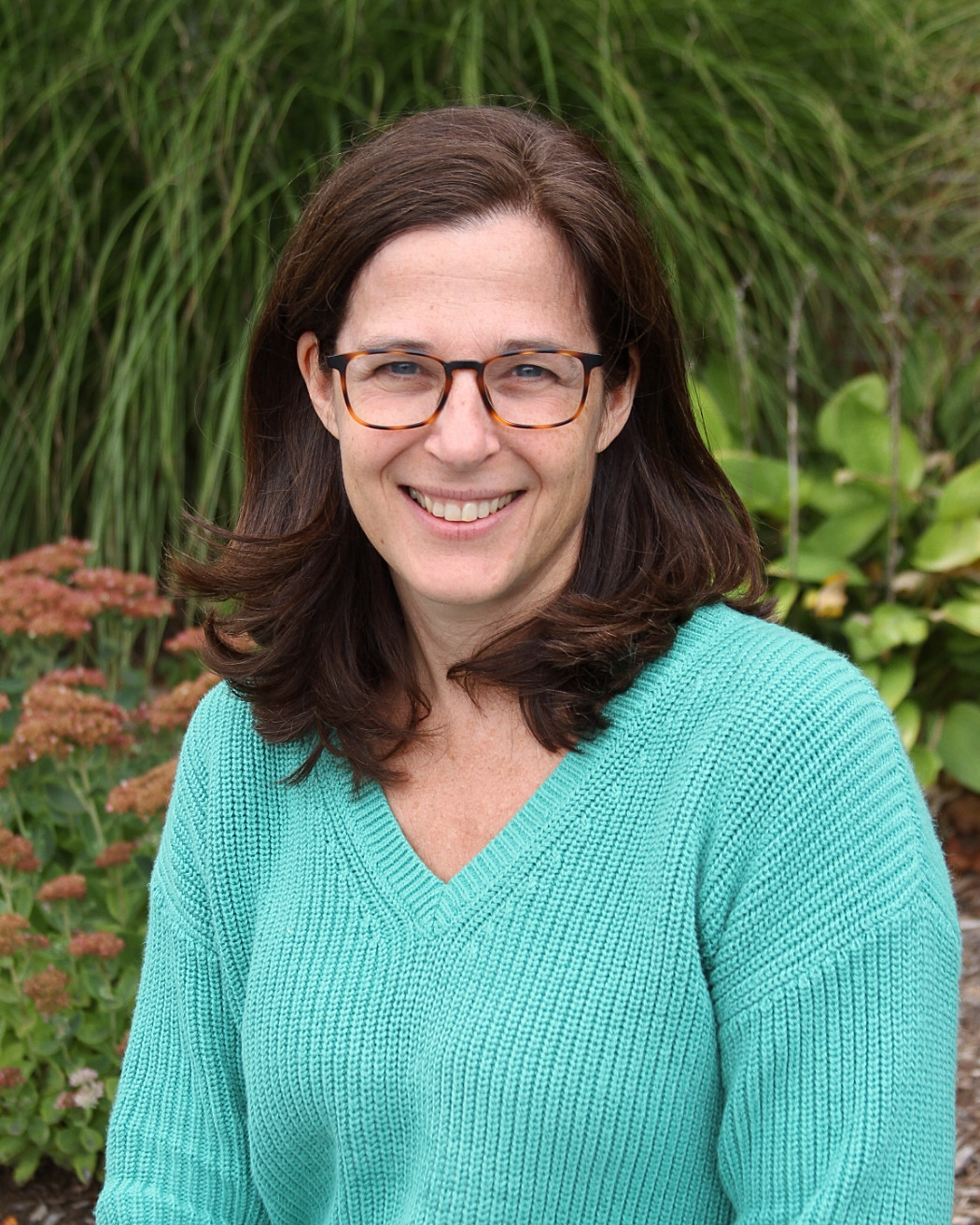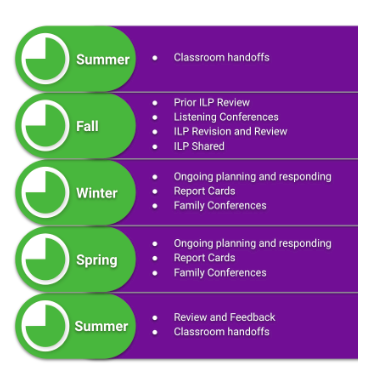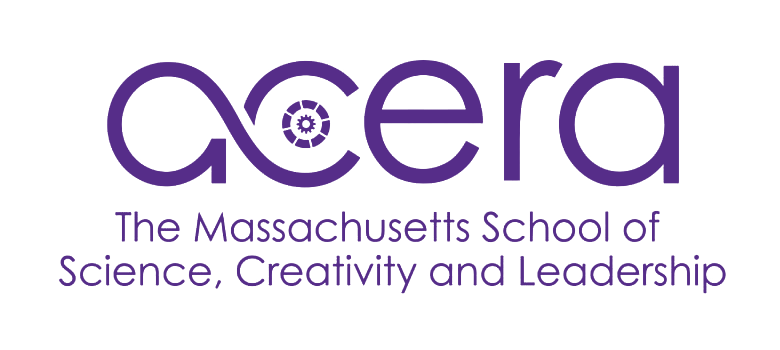Einstein is credited with the adage, “Everybody is a genius. But if you judge a fish by its ability to climb a tree, it will live its whole life believing that it is stupid.”
In a gifted classroom, full of diverse learners, how do you measure success in authentic ways? Each child is clearly gifted in their own unique way, and traversing their own path through education, so how do you find ways to track goals and growth in a student-centered classroom? At Acera, one of the ways we approach this challenge is through creating Individual Learning Plans (ILP) for each student.
Overview
We deeply believe in differentiated instruction to make sure that every student flourishes, while getting their academic and social-emotional needs met. The ILP focuses on the most specific needs of each student and is written assuming that students are receiving academic instruction differentiated and customized for them as individuals. The ILP is meant to focus on the most unique facets of a student’s profile, based on the platform of a highly differentiated student experience.
This is an internal-facing, living document that is continually updated and moves with each student across their years at Acera. The ILP includes bulleted lists of strengths and opportunities for growth, as well as students’ goals tied to specific school-wide core capacities. Core capacities that we foster in our students include: Collaboration, Creativity, Critical Thinking & Problem Solving, Emotional Intelligence, Ethical Decisions Making, Leadership, Perspective Taking, and Systems Thinking. In crafting the ILPs, staff leverage their professional expertise to create holistic plans that truly reflect the complex profiles of our students.

Emily Achilles Stefanich, M.Ed is a Core Teacher at Acera.

Sarah Slubowski, M.Ed is a Teacher Mentor at Acera.
Implementation Cycle
These plans have a clear life cycle and trajectory throughout the year. At the beginning of the school year, classroom teachers gather in meetings to hand off their past year’s students to their next teacher. During these conversations, staff develop a clear sense of what students were working on during the previous year, as well as what could be next steps for their growth. Once the school year begins, teachers review the existing ILP or create new ILP documents for new students. Core teachers host listening conferences with families to truly hear from the experts what their child’s strengths and areas for growth are, as well as discuss goals for the coming year. This initial information gathering, along with classroom observations, assessments data, and input from specialist teachers, aids the core teacher in revising and updating the ILP. The final drafts are reviewed by administrators, and shared with families as the guide to their child’s learning throughout the year. It is an internal document that is shared with families with the expectation that it is not shared with students or with other schools.
Throughout the school year, the ILPs are used as guideposts for student growth. During our winter and spring progress reports, teachers give narrative feedback and comments on how students are progressing, including towards the goals set out in their ILPs. ILPs are also discussed during our conferences with families, and edited as living documents as changes emerge throughout the year. To close out the school year, time is set aside for core teachers, as well as all staff who interact with students, to comment and give feedback on students’ ILPs so that we are capturing the most accurate data for where students closed out the school year. The cycle then resumes at the start of the next school year.
Conclusion
This hallmark of our core program allows staff to focus on what each child needs on their own learning journey. The one page format is accessible to staff and easy to use. We have found that all staff can refer back to student goals and leverage students’ strengths in their instruction and interactions. As you receive these this fall, we hope as you read this document, it makes you feel like we truly get your child and understand their trajectory as a learner.



